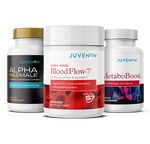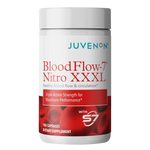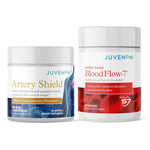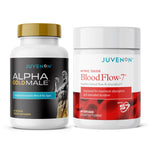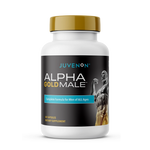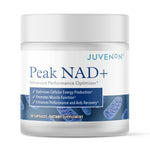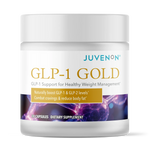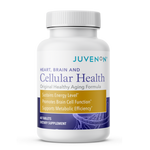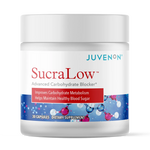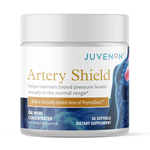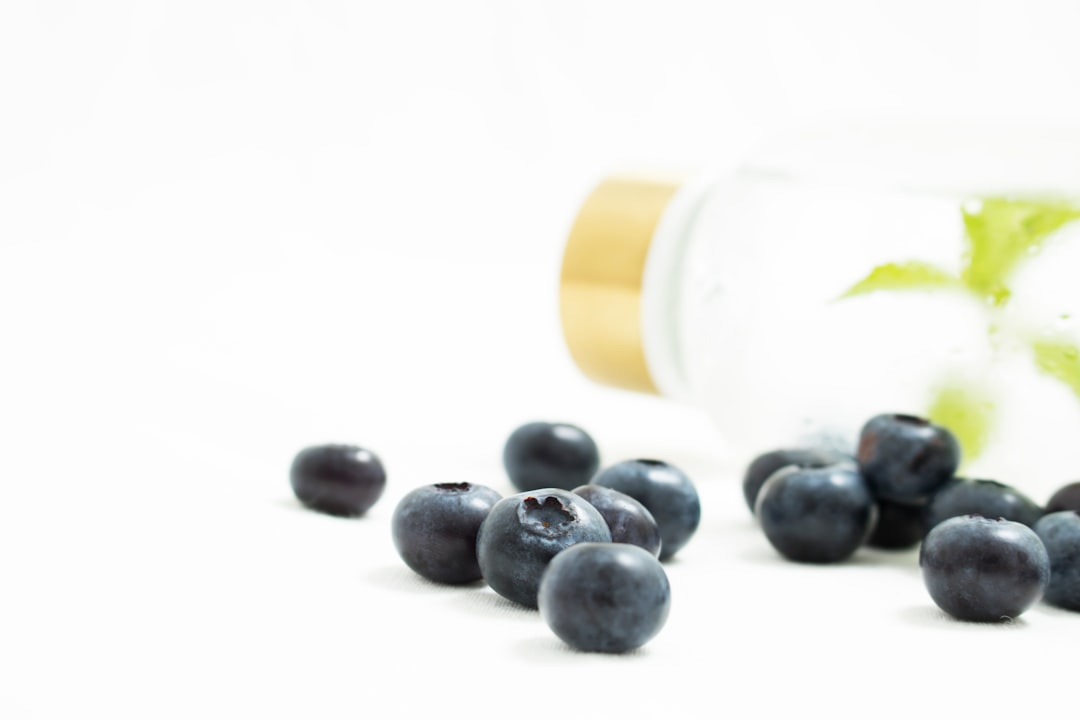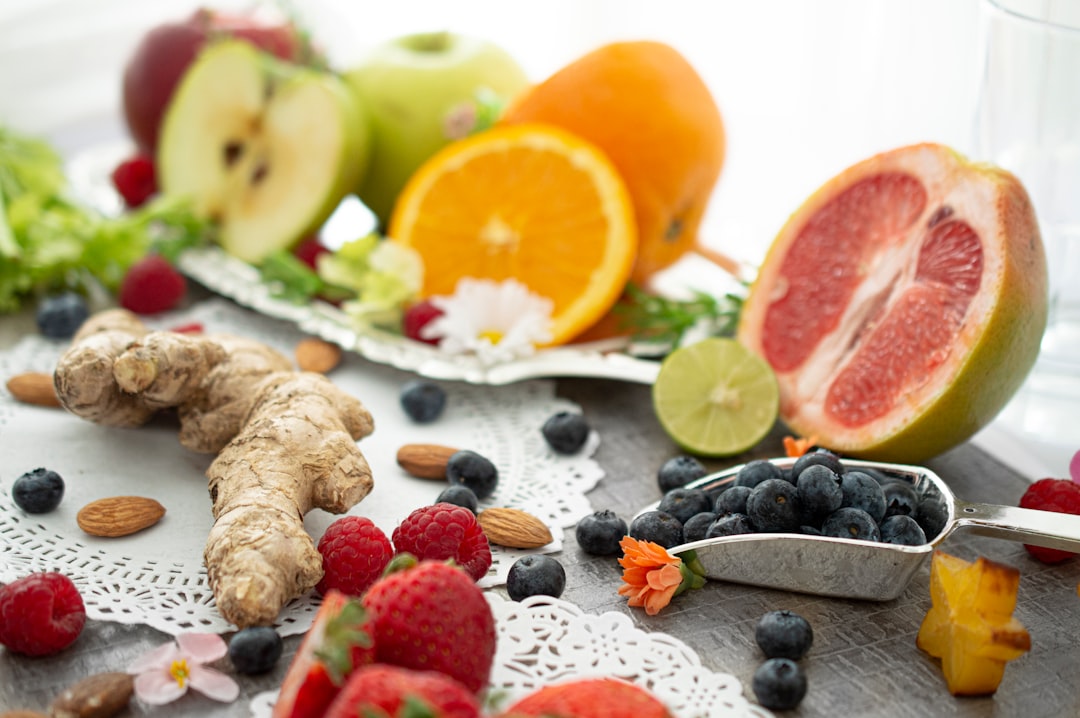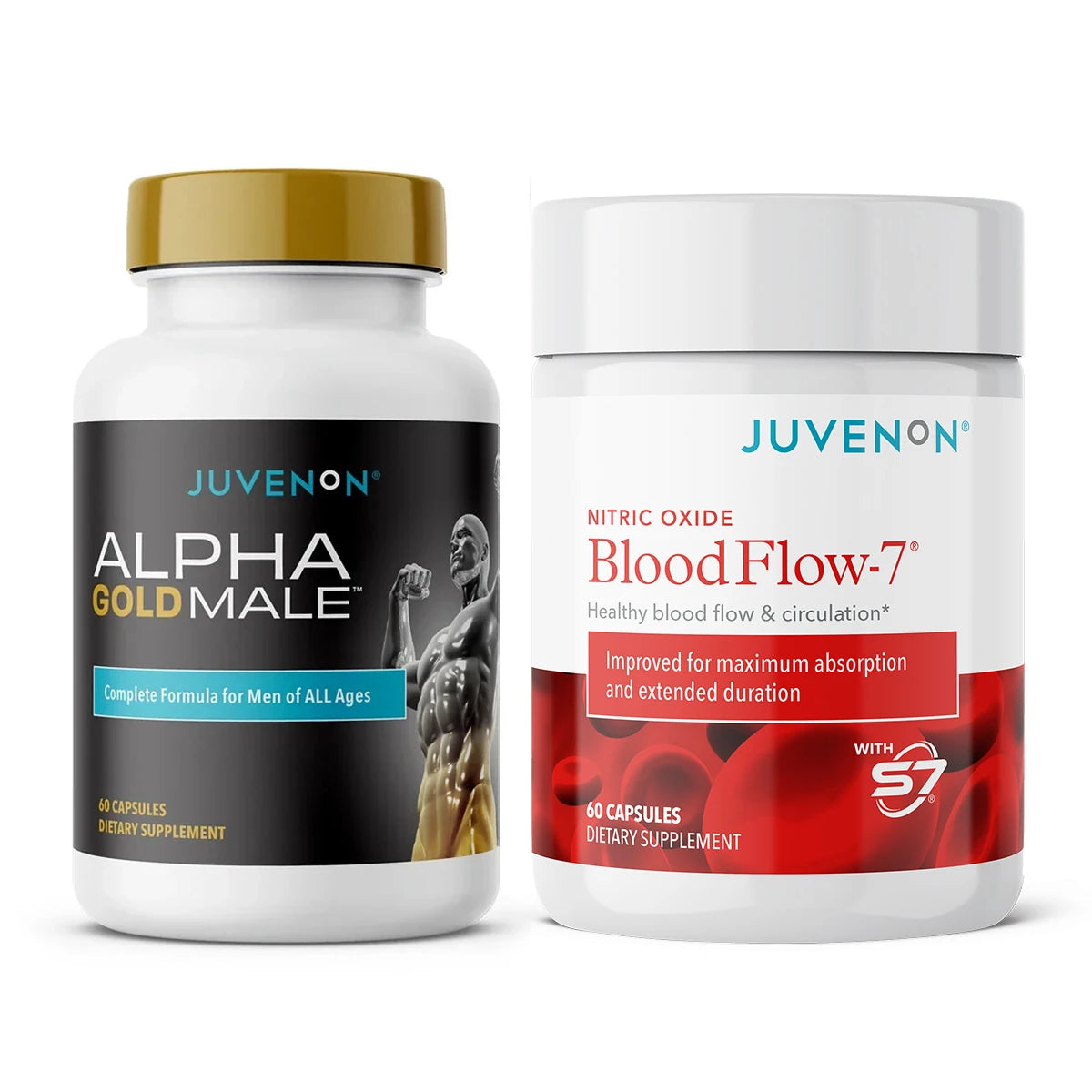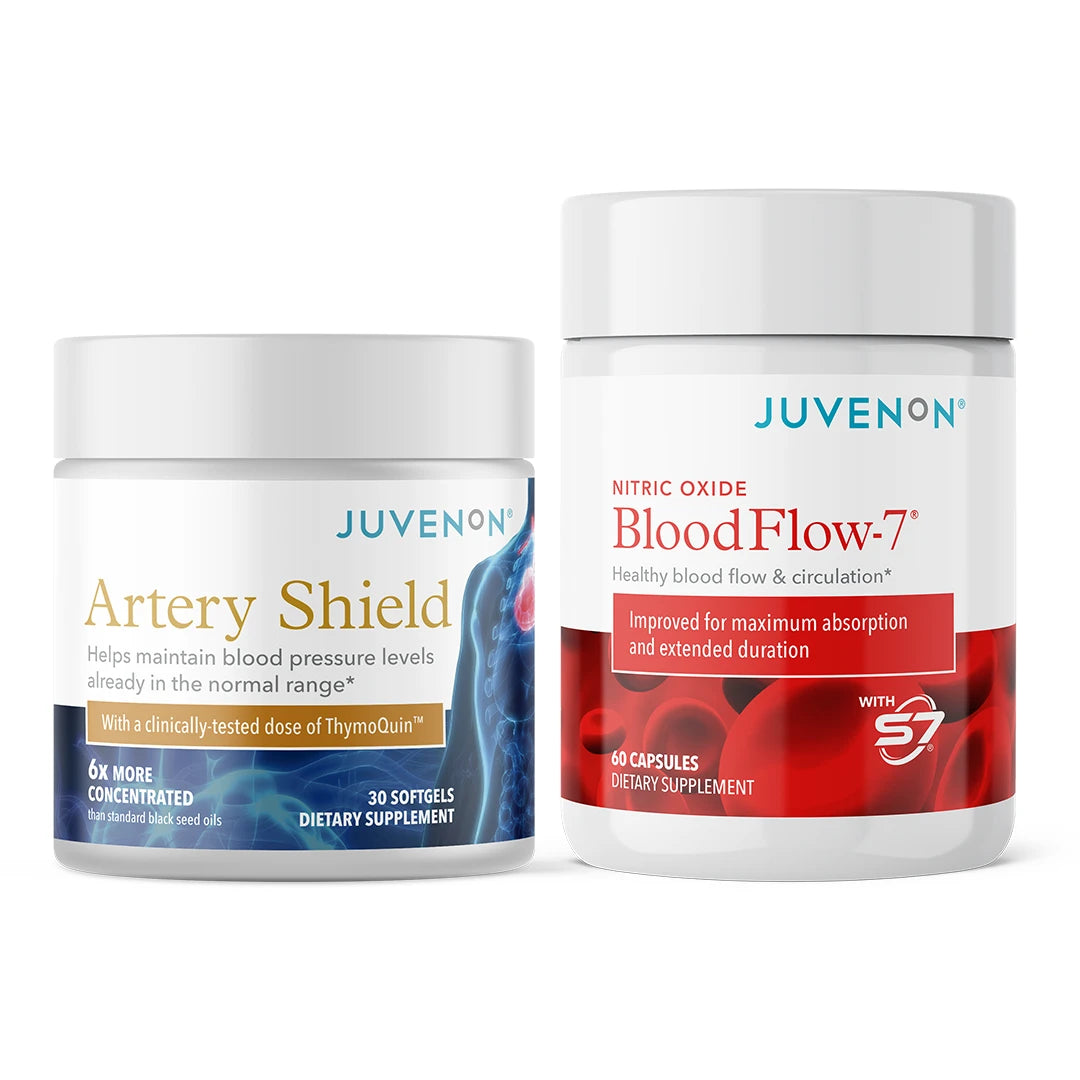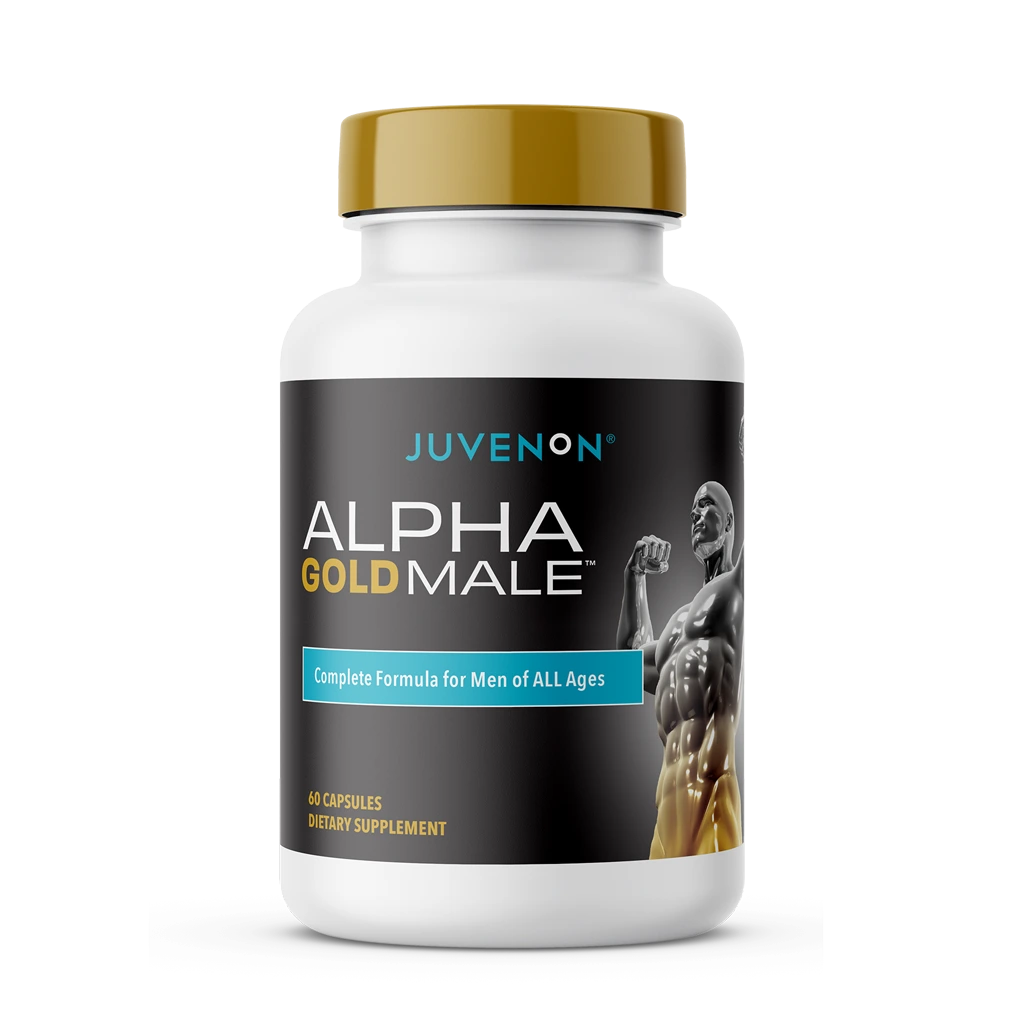
Joint health for athletes is the foundation that determines whether you'll still be crushing your workouts at 60 or watching from the sidelines. Here's what every athlete needs to know:
Essential Joint Care Strategies: - Flexibility training - Dynamic warm-ups and static stretching prevent stiffness - Strength building - Target supporting muscles to reduce joint stress
- Smart recovery - 8-10 hours sleep plus active rest days - Anti-inflammatory nutrition - Omega-3s, antioxidants, and whole foods - Early intervention - Address pain before it becomes chronic
Your body has approximately 360 joints working together every time you move. But here's the reality check: athletes face up to 6 times higher risk of developing osteoarthritis later in life compared to non-athletes.
The good news? 92% of athletes actively seek methods to protect their joints through targeted strategies. Whether you're dealing with runner's knee, shoulder impingement, or just want to stay injury-free, the right approach can keep you performing at your peak for decades.
As someone who has spent over two decades researching and writing about health optimization, I've seen how proper joint health for athletes strategies can be the difference between a lifelong active lifestyle and premature retirement from the sports you love. My experience in compliance and scientific accuracy ensures you get evidence-based strategies that actually work.

Joint Health for Athletes: How Your Joints Really Work
Your joints are like high-performance engines - they need the right care to keep running smoothly. When you understand how these amazing systems work, you'll be better equipped to protect them throughout your athletic career.
Every time you move, your 360 joints work together in perfect harmony. Think of each joint as a sophisticated machine with multiple moving parts. Cartilage acts as your body's built-in shock absorber, covering bone ends with a smooth, rubbery surface that's about 80% water. This incredible tissue lets your bones glide past each other without any grinding or friction.
Synovial fluid is like premium oil for your joints. This slippery liquid lubricates everything while delivering nutrients to your cartilage and washing away waste products. Without enough synovial fluid, your joints would literally scrape against each other - ouch!
Ligaments are your joint's stability crew. They connect bone to bone, keeping everything in place and preventing dangerous movements that could cause injury. Meanwhile, tendons are the power transmitters, attaching muscles to bones so your muscle contractions actually create movement.
The beautiful thing about this system? Regular movement actually keeps it healthy. When you exercise, blood flow and synovial fluid circulation improve, feeding your cartilage the nutrients it craves. This is why joint health for athletes isn't just about rest - it's about smart movement.
Main Joint Components & Functions
When bones meet at any joint, they're capped with hyaline cartilage - that smooth, pearly-white tissue that makes movement feel effortless. Picture ice skating on perfectly maintained ice, and you'll get the idea.
The joint capsule wraps around everything like a protective sleeve. It holds the synovial fluid in place and adds another layer of stability to keep your joints secure during intense athletic movements.
Here's something fascinating: proprioception is your body's internal GPS system. Special sensors in your joints, ligaments, and muscles constantly tell your brain exactly where your body is in space. This incredible feedback system lets you make split-second adjustments during competition without even thinking about it.
The more you use these systems properly, the better they function. Weight-bearing exercise keeps everything well-oiled and nourished, which is why complete rest isn't always the answer when joints start complaining.
Why Athletic Stress Accelerates Wear
Athletic activities put your joints through forces that would make everyday activities look like child's play. When you jump, land, or change direction suddenly, your joints can experience forces several times your body weight. While joints are built tough, high-impact loads over time can be challenging.
Repetitive motion is where things get tricky for athletes. Whether you're a tennis player serving thousands of balls or a runner logging endless miles, doing the same movements repeatedly can cause micro-trauma that builds up faster than your body can repair it.
Sports that involve pivoting, overhead motions, or long-distance running are particularly demanding on specific joint areas. The constant stress on the same cartilage spots can gradually wear them down, significantly increasing your osteoarthritis risk later in life.
The inflammation cycle that follows intense training sessions can also contribute to joint wear if it's not managed properly. While some inflammation is normal and necessary for healing, chronic low-level inflammation can actually damage healthy tissue and speed up joint breakdown.
This is why joint health for athletes requires a proactive approach - understanding these stresses and taking steps to minimize their long-term impact while still pursuing athletic excellence.
Risk Factors & Common Injuries in Athletic Joints
Athletic joint injuries fall into two main categories: acute injuries from sudden trauma and overuse injuries from repetitive stress. Acute injuries include ligament sprains like ACL tears, meniscus tears, and rotator cuff injuries. These often occur during high-intensity activities involving sudden stops, starts, or collisions.
Overuse injuries develop gradually and include conditions like runner's knee (patellofemoral pain syndrome), bursitis, and various forms of tendinopathy. These injuries result from the cumulative stress of repetitive motions without adequate recovery time.
The inflammation cycle plays a central role in both types of injuries. While acute inflammation helps initiate healing, chronic inflammation can perpetuate pain and delay recovery. Understanding this cycle is key to managing joint health effectively.
Red Flags Athletes Should Never Ignore
Certain symptoms require immediate attention and shouldn't be dismissed as normal training soreness. Persistent swelling that doesn't respond to rest and ice may indicate significant tissue damage or infection. Joint locking, where you can't fully extend or flex a joint, often suggests mechanical problems like loose cartilage fragments or meniscus tears.
Morning stiffness lasting more than 30 minutes can be an early sign of inflammatory arthritis. Loss of strength in muscles surrounding a joint may indicate nerve involvement or significant structural damage. Any of these symptoms warrant evaluation by a healthcare professional.
Pain that worsens with activity and doesn't improve with standard rest and recovery measures is another red flag. This pattern often indicates that the injury is beyond the body's ability to self-heal and requires intervention.
Sport-Specific Hot Spots
Different sports create predictable patterns of joint stress. Pivot sports like basketball, soccer, and tennis place enormous stress on the knees, particularly the ACL and meniscus. The rapid cutting movements and sudden direction changes in these sports create shear forces that can overwhelm these structures.
Overhead sports including swimming, tennis, and baseball commonly cause shoulder problems. The repetitive overhead motion can lead to impingement syndrome, rotator cuff tears, and labral damage. The shoulder's design prioritizes mobility over stability, making it particularly vulnerable to overuse injuries.
Distance running primarily affects the ankles, knees, and hips. The repetitive impact forces, combined with the high volume of steps, can lead to stress fractures, plantar fasciitis, and various forms of tendinopathy. Runners log thousands of steps per workout, making proper biomechanics and recovery essential.

Pillars of Joint Care: Training, Recovery & Lifestyle
Effective joint health for athletes requires a comprehensive approach that addresses training, recovery, and lifestyle factors. Load management is perhaps the most critical aspect - this means carefully balancing training intensity and volume with adequate recovery time.
Periodization, the systematic planning of training cycles, allows for peak performance while minimizing injury risk. This approach includes planned recovery periods and gradual progression of training loads. Smart athletes understand that more isn't always better - it's about finding the optimal stimulus for adaptation without overwhelming the body's repair capacity.
Flexibility and strength training form the foundation of joint protection. Flexible muscles and mobile joints can better absorb forces and move through their full range of motion without restriction. Strong muscles provide dynamic stability, reducing the load on passive structures like ligaments and cartilage.
Sleep quality directly impacts joint health through its effects on inflammation and tissue repair. Athletes need 8-10 hours of quality sleep nightly to optimize recovery. During deep sleep, your body releases growth hormone and other repair factors that help rebuild damaged tissues.
Hydration affects joint health by maintaining synovial fluid viscosity and supporting overall tissue function. Even mild dehydration can affect joint lubrication and increase injury risk.
Flexibility & Mobility Drills for Joint Health for Athletes
Dynamic warm-ups prepare joints for activity by gradually increasing range of motion and activating the nervous system. These movements should mimic the patterns you'll use in your sport while progressively increasing intensity. Examples include leg swings, arm circles, and walking lunges.
Static stretching is most beneficial after exercise when muscles are warm. Hold stretches for 30-60 seconds to achieve lasting improvements in flexibility. Focus on areas that tend to tighten with your specific sport - hip flexors for runners, shoulders for swimmers, and hamstrings for most athletes.
Yoga combines flexibility, strength, and balance training while promoting relaxation and stress reduction. Many professional athletes incorporate yoga into their training routines for its comprehensive benefits to joint health and mental well-being.
The PEP (Prevent Injury and Improve Performance) program is a 15-20 minute routine specifically designed to reduce ACL injuries. Research shows this program can dramatically decrease knee injury rates in young athletes when performed consistently.
Strength & Stability Keep Joints Bulletproof
Glute activation exercises are crucial for knee and hip health. Weak glutes force other muscles to compensate, often leading to poor movement patterns and increased injury risk. Exercises like clamshells, bridges, and lateral walks target these important stabilizing muscles.
Single-leg balance training improves proprioception and develops the small stabilizing muscles around joints. Start with eyes open, then progress to eyes closed or unstable surfaces. This type of training is particularly important for preventing ankle sprains and improving overall movement quality.
Eccentric hamstring exercises help prevent ACL injuries by improving the hamstrings' ability to control knee motion during landing and cutting movements. Nordic hamstring curls are particularly effective but should be progressed gradually to avoid muscle strains.
Resistance band exercises provide variable resistance that closely mimics the strength curves of human movement. They're excellent for rehabilitation and injury prevention, particularly for shoulder and hip strengthening.
Rest, Recovery & Mind-Body Approaches
Sleep hygiene practices directly impact joint health and recovery. Maintain consistent sleep and wake times, create a cool, dark sleeping environment, and avoid screens before bedtime. Quality sleep is when your body does most of its repair work.
Stress control is often overlooked but critically important for joint health. Chronic stress increases inflammation throughout the body and can delay healing. Techniques like meditation, deep breathing, and progressive muscle relaxation can help manage stress levels.
Active recovery involves low-intensity movement that promotes blood flow without adding significant stress to tissues. Walking, gentle swimming, or easy cycling can help clear metabolic waste products and deliver nutrients to healing tissues. For more comprehensive strategies, check out our guide on mind-body approaches to managing joint pain.
Smart Nutrition & Science-Backed Supplements
Nutrition plays a fundamental role in joint health by providing the building blocks for tissue repair and influencing inflammation levels throughout the body. An anti-inflammatory diet rich in omega-3 fatty acids, antioxidants, and phytonutrients can significantly impact joint comfort and function.
Omega-3 fatty acids, particularly EPA and DHA found in fatty fish, have powerful anti-inflammatory effects. Research shows that adequate omega-3 intake can reduce joint pain and stiffness while potentially slowing cartilage breakdown. Adults should aim for 1.1-1.6 grams daily, with athletes potentially benefiting from higher amounts.
Collagen peptides have gained popularity among athletes for their potential to support cartilage health. While your body can make its own collagen, supplementation may provide additional building blocks during periods of high stress or injury recovery. Studies suggest 10-15 grams daily may be beneficial.
Glucosamine and chondroitin sulfate are naturally occurring compounds found in cartilage. While research results are mixed, some studies show modest benefits for joint comfort, particularly in people with existing osteoarthritis. The key is using high-quality, properly dosed supplements.
Curcumin, the active compound in turmeric, has potent anti-inflammatory properties. Scientific research on curcumin benefits shows it can be as effective as some anti-inflammatory medications for reducing joint pain and stiffness. Look for formulations with improved bioavailability.
Vitamin D is essential for bone health and may play a role in cartilage maintenance. Many athletes, particularly those training indoors, have suboptimal vitamin D levels. Adequate vitamin D status supports both bone and immune function.

Choosing Supplements for Joint Health for Athletes
When selecting supplements, prioritize third-party tested products to ensure purity and potency. This is particularly important for competitive athletes who need to avoid banned substances. Look for certifications from organizations like NSF International or Informed Sport.
Dosage guidelines vary by supplement and individual needs. Start with the lowest effective dose and adjust based on response. Timing can also matter - some supplements are better absorbed with food, while others work best on an empty stomach.
Safety should always be the top priority. Even natural supplements can interact with medications or cause side effects in some people. Consult with a healthcare provider before starting any new supplement regimen, especially if you have existing health conditions.
At Juvenon, we understand the importance of quality and efficacy in joint health supplements. Our scientifically backed formulas are designed specifically for active individuals, and we stand behind our products with a 60-day money-back guarantee.
Food First, Supplement Second
While supplements can be beneficial, whole foods should form the foundation of your joint health strategy. Fatty fish like salmon, mackerel, and sardines provide omega-3s along with high-quality protein for tissue repair. Aim for 2-3 servings per week.
Leafy greens are rich in antioxidants that help combat exercise-induced oxidative stress. Spinach, kale, and other dark greens also provide vitamin K, which is important for bone health. Include a variety of colorful vegetables to maximize antioxidant intake.
Berries are antioxidant powerhouses that can help reduce inflammation and support recovery. Blueberries, cherries, and strawberries are particularly rich in compounds that may benefit joint health. Fresh or frozen varieties are equally nutritious.
The Mediterranean diet pattern, rich in fish, olive oil, nuts, fruits, and vegetables, has been associated with reduced inflammation and better joint health outcomes. This eating pattern provides a good framework for athletes looking to optimize their nutrition for joint health.
Proper hydration with electrolyte balance supports synovial fluid production and overall tissue function. Water should be your primary beverage, supplemented with electrolytes during and after intense training sessions. For more specific guidance, explore our article on 7 foods to reduce inflammation.

Rehabilitation & Long-Term Preservation
Early diagnosis and intervention are crucial for optimal joint health outcomes. The sooner you address joint problems, the better your chances of full recovery and preventing long-term complications. Don't ignore persistent pain or dysfunction - these symptoms are your body's way of signaling that something needs attention.
The traditional RICE protocol (Rest, Ice, Compression, Elevation) has evolved to include early return to range of motion (ROM) when appropriate. Complete rest is rarely the answer for joint injuries. Instead, the focus has shifted to protecting the injured tissue while maintaining as much normal movement as possible.
Physical therapy plays a central role in both injury rehabilitation and prevention. A skilled physical therapist can identify movement dysfunctions, muscle imbalances, and biomechanical issues that contribute to joint problems. They can also design specific exercise programs to address your individual needs.
Advanced treatment options like platelet-rich plasma (PRP) therapy are becoming more available for certain joint conditions. These treatments use your body's own healing factors to potentially accelerate recovery and improve outcomes for chronic tendon and cartilage injuries.
Return-to-sport criteria should be objective and comprehensive, not just based on pain levels. Factors like strength, range of motion, functional movement patterns, and sport-specific skills should all be assessed before returning to full activity.
Regular screening and monitoring become increasingly important as athletes age. This might include periodic movement assessments, strength testing, and imaging studies when indicated. The goal is to identify and address problems before they become limiting.
Structured Rehab Roadmap
Phase 1 focuses on protecting the injured tissue while controlling pain and inflammation. This phase emphasizes rest from aggravating activities while maintaining pain-free range of motion. The duration varies depending on the injury but typically lasts a few days to several weeks.
Phase 2 emphasizes mobilization and gentle strengthening. As pain and inflammation subside, the focus shifts to restoring normal joint mobility and beginning strengthening exercises. This phase gradually increases activity levels while monitoring symptoms.
Phase 3 involves progressive strengthening and functional training. Exercises become more challenging and sport-specific as the tissue heals and adapts. This phase often includes plyometric training, agility drills, and sport-specific movements.
Phase 4 represents the return to sport-specific activities. This final phase ensures you can perform all the movements required by your sport without pain or dysfunction. It includes practice participation and gradual return to competition.
Working With Sports-Medicine Pros
Athletic trainers are often the first line of defense for sports injuries. They're trained to recognize and manage acute injuries while providing ongoing care and injury prevention strategies. Many athletic trainers also have expertise in movement analysis and corrective exercise.
Orthopedic specialists become involved when injuries are severe or don't respond to conservative treatment. They can provide advanced diagnostic techniques and surgical interventions when necessary. The key is finding providers who understand the unique needs of athletes.
Physiotherapists bring expertise in movement analysis and manual therapy techniques. They can identify subtle movement dysfunctions that contribute to injury risk and provide hands-on treatments to improve joint mobility and function.
Movement analysis using video or specialized equipment can reveal biomechanical issues that aren't apparent during casual observation. This technology allows for precise identification of movement faults and tracking of improvement over time.
Frequently Asked Questions about Joint Health for Athletes
What causes joint pain and inflammation during training?
Joint pain during training typically results from one of several mechanisms. Acute pain often indicates tissue damage from excessive load or poor movement patterns. This might be a muscle strain, ligament sprain, or cartilage irritation.
Chronic inflammation can develop from repetitive stress without adequate recovery time. This creates a cycle where tissues don't fully heal between training sessions, leading to persistent low-level inflammation and pain.
Poor biomechanics contribute to many joint problems by creating abnormal stress patterns. For example, overpronation during running can lead to knee pain, while poor shoulder mechanics can cause impingement syndrome.
Training errors like sudden increases in volume or intensity are common culprits. The 10% rule suggests increasing training load by no more than 10% per week to allow tissues time to adapt.
Which supplements have the strongest evidence?
Omega-3 fatty acids have the strongest evidence base for joint health benefits. Multiple studies show they can reduce inflammation markers and improve joint comfort in both healthy individuals and those with arthritis.
Curcumin also has robust research support, with studies showing it can be as effective as some anti-inflammatory medications for reducing joint pain and stiffness. The key is using formulations with improved bioavailability.
Vitamin D is essential for bone health and may play a role in cartilage maintenance. Many athletes have suboptimal levels, particularly those training indoors or living in northern climates.
Collagen peptides show promise in some studies, particularly for supporting cartilage health and reducing joint pain in active individuals. However, more research is needed to establish optimal dosing and long-term effects.
How can I balance training intensity with joint preservation?
Periodization is key to balancing performance goals with joint health. This involves systematically varying training intensity and volume to allow for adaptation while preventing overuse injuries.
Listen to your body and adjust training based on how you feel. Persistent joint stiffness, decreased performance, or increased injury susceptibility may indicate you need more recovery time.
Cross-training can help maintain fitness while reducing repetitive stress on specific joints. For example, swimmers might add cycling or running to their routine, while runners might incorporate swimming or elliptical training.
Strength training should complement your sport-specific training by addressing muscle imbalances and improving movement quality. Focus on exercises that support the joints most stressed by your sport.
Recovery strategies become more important as training intensity increases. This includes adequate sleep, proper nutrition, stress management, and active recovery techniques.

Conclusion & Next Steps
Joint health for athletes isn't just about preventing injuries - it's about ensuring you can pursue your athletic passions for decades to come. The strategies we've covered form a comprehensive approach that addresses the unique challenges athletes face in maintaining healthy, functional joints.
The key takeaways are clear: understand how your joints work, recognize the early warning signs of problems, implement proactive prevention strategies, and don't hesitate to seek professional help when needed. Your joints are the foundation of athletic performance, and they deserve the same attention you give to your training and nutrition.
At Juvenon, we're committed to supporting your long-term health and performance goals. Our scientifically backed supplements are designed specifically for active individuals who understand that true success comes from taking care of your body both now and for the future. With our 60-day money-back guarantee, you can try our joint health formulas risk-free.
Joint health is a marathon, not a sprint. The habits you build today will determine your mobility and activity level in the years to come. Start implementing these strategies now, and your future self will thank you for the investment in proactive care.
Whether you're just starting your athletic journey or you're a seasoned competitor, it's never too early or too late to prioritize your joint health. The combination of proper training, smart recovery, targeted nutrition, and quality supplementation can help you maintain peak performance while protecting your long-term mobility.
For additional resources on supporting your joints naturally, check out our comprehensive guide on natural joint support. Your joints have carried you this far - make sure they can carry you for many more years of athletic achievement.

